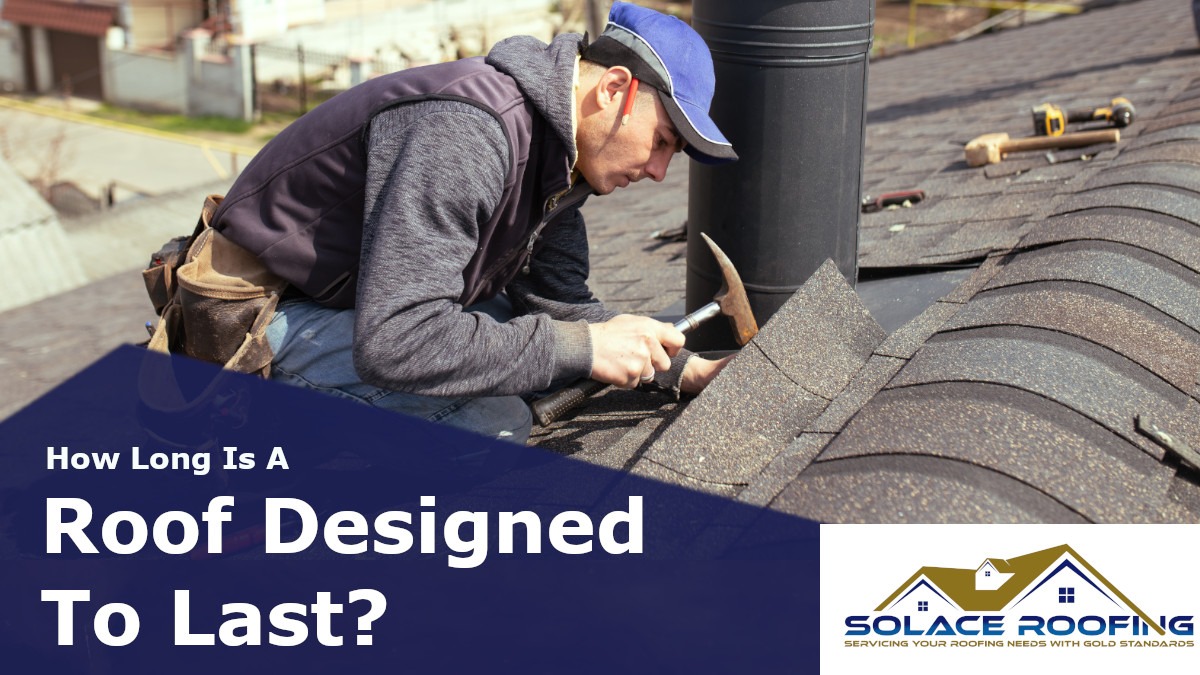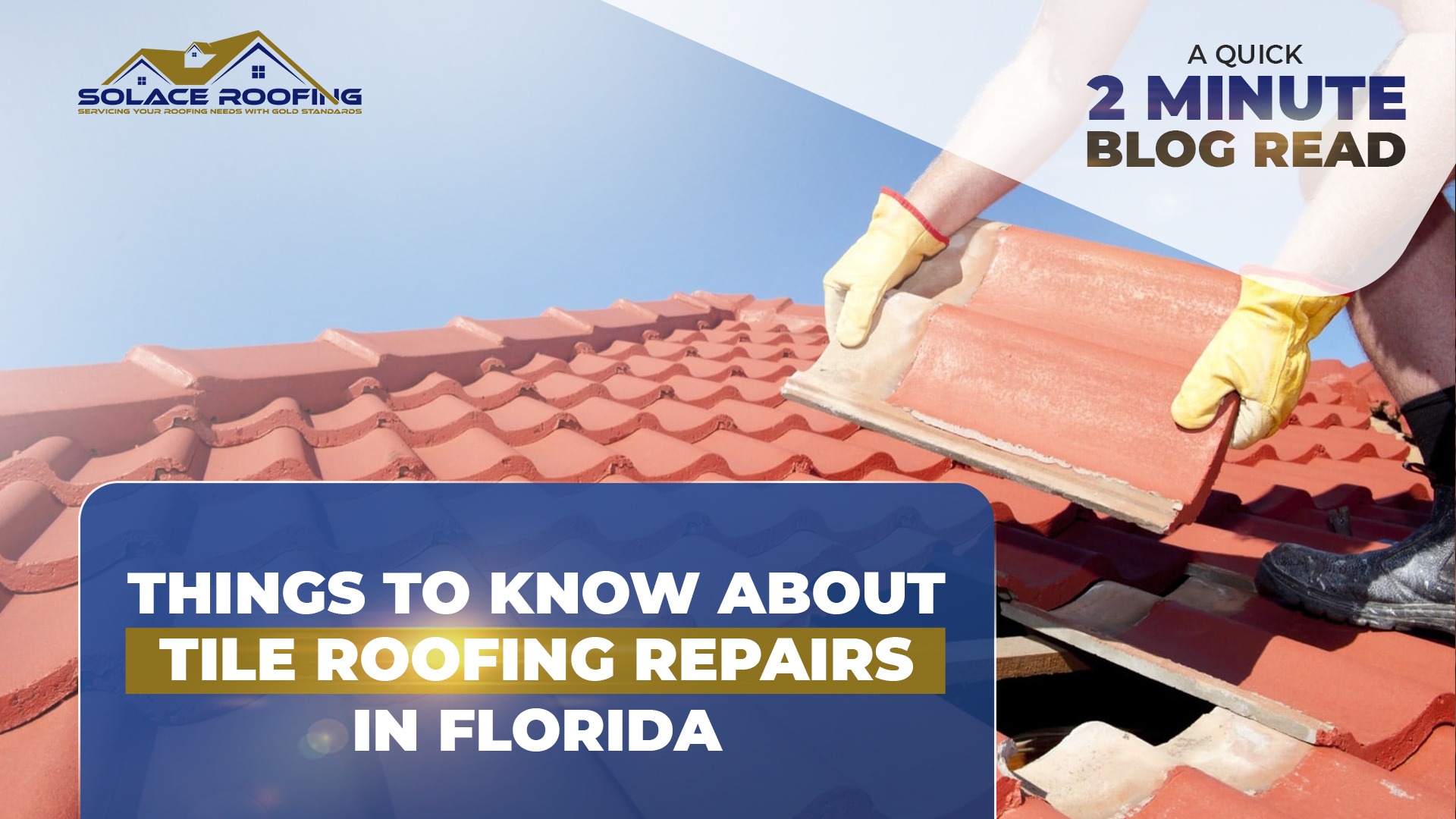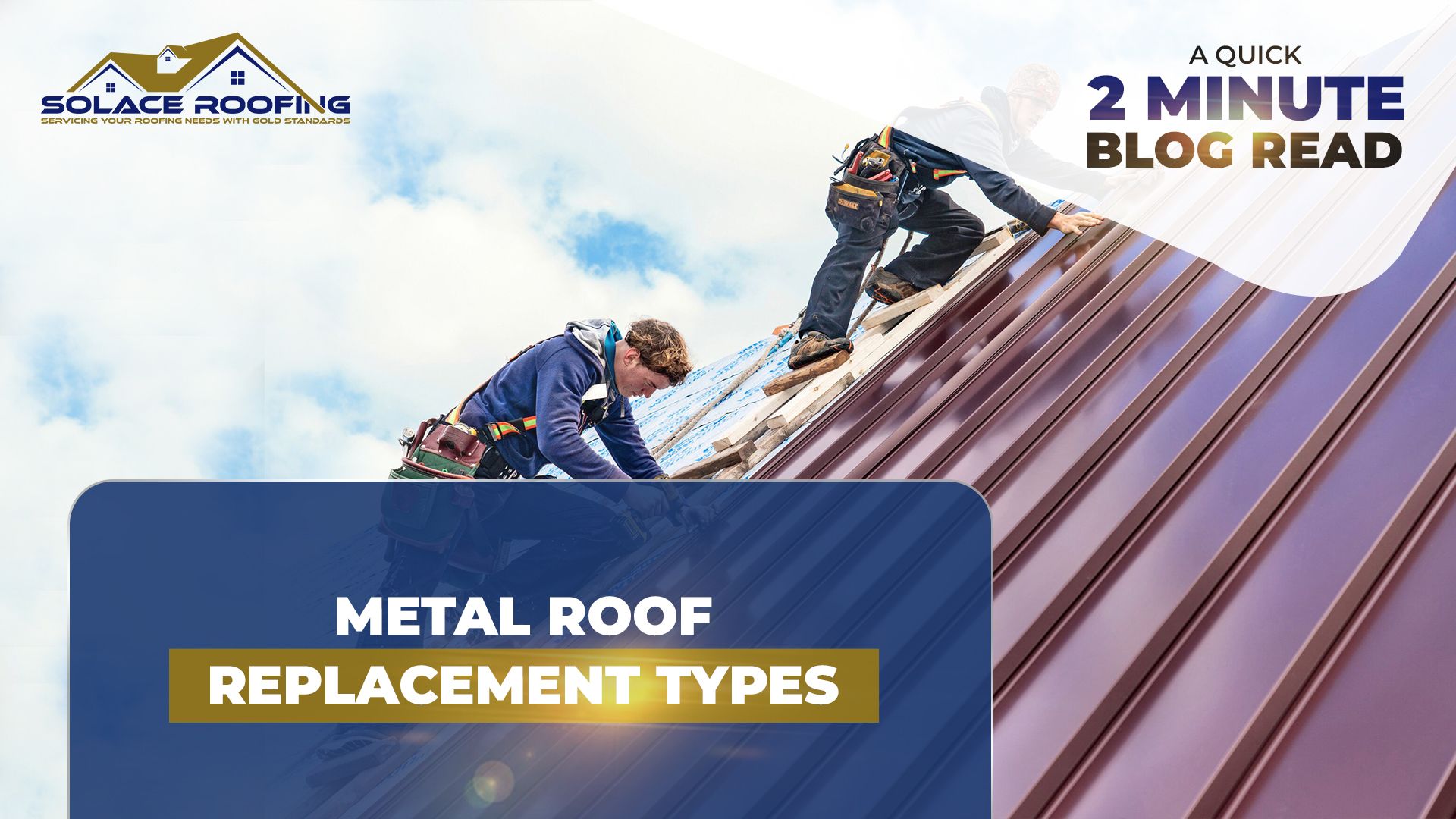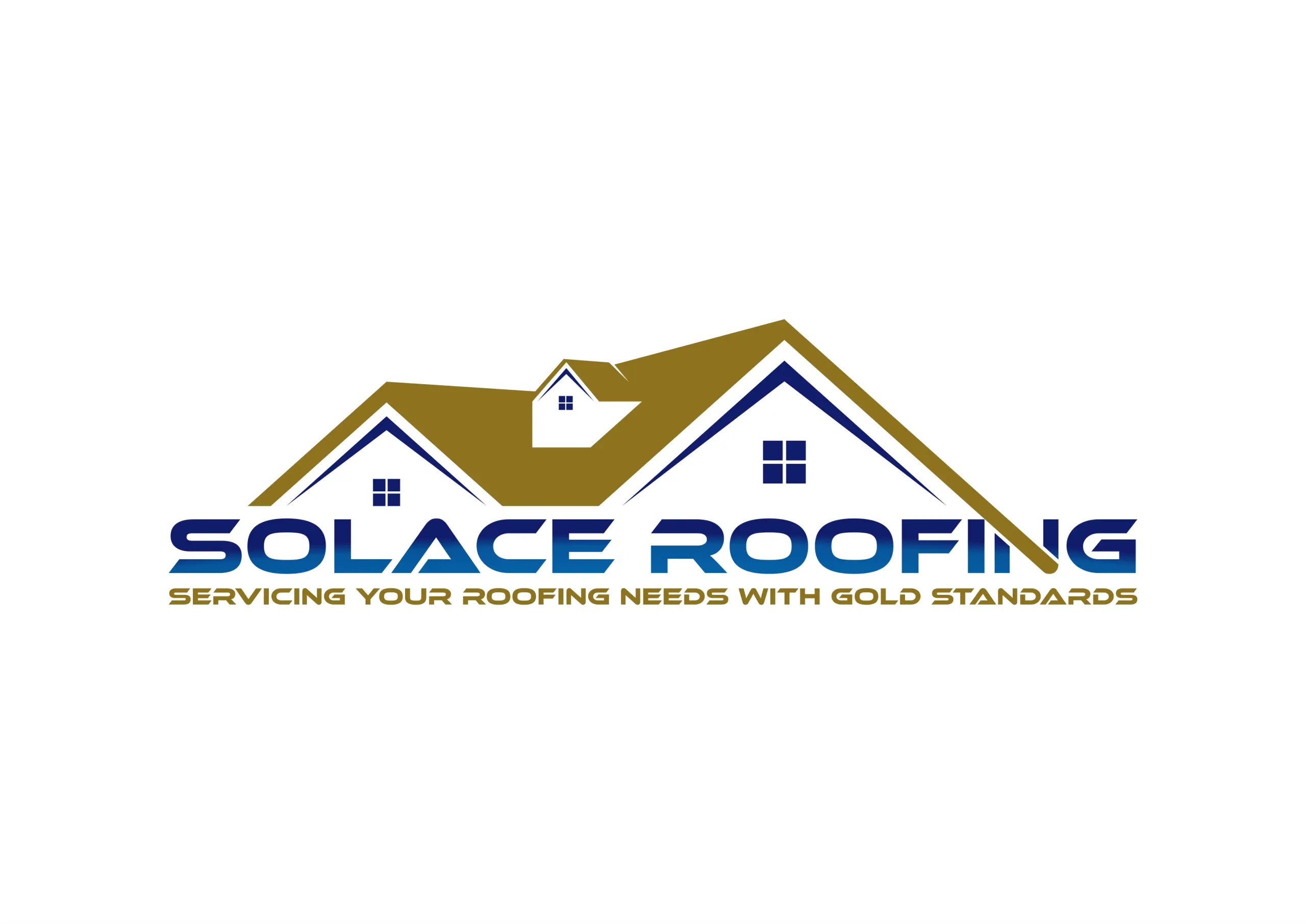
How Long is a Roof designed to Last?
Roof materials determine how long they last. Choosing asphalt shingles or metal or slate shingles depends on how long your roof will last and what you can do to extend its lifespan. A roof’s type can significantly impact its longevity, but this is only the beginning. Discover the roof that’s right for you.
How long does a roof last?
An old roof indicates whether you need to replace it. A homeowner may wonder how long a roof will last. The lifespan of a roof isn’t unlimited. A roof usually lasts about two decades. Several factors influence the lifespan of your roof, including the materials you choose and the environment.
5 Roof Types and Their Lifespan
- Asphalt Shingles
Most Americans prefer asphalt shingles because they are cost-effective, long-lasting, and backed by warranties. Fiberglass and asphalt emulsion make asphalt shingles weather-resistant and durable. Asphalt shingle roofs usually last 15-30 years. You may have to adjust to the weather where you live. Because of the drastic temperature changes in different states, asphalt shingles tend to wear out sooner. Your asphalt shingle roof’s type will also affect its life expectancy.
- A 3-tab shingle typically lasts 15 to 20 years—a cheap asphalt shingle.
- Dimensional shingles have a 20-30 year lifespan. Architectural shingles cost more, though.
- A premium shingle can last as long as 40 years.
Note: Storm-damaged or 15- to 20-year-old roofs should be inspected to determine if a replacement is necessary.
- Metal Roofing
According to the type of metal and design of the roof, metal roofs can last between 40 and 70 years. Copper and zinc roofs can sometimes last for more than a century. Metal roofs come in several types, each with a different lifespan.
- Stand seam metal roofing can withstand wind speeds over 100 mph and has a lifespan of 50 years.
- While ribbed metal panels are cheaper to install, they only last 25 to 50 years.
- Steel tiles with a stone coating are popular in hurricane-prone areas. It can withstand wind speeds up to 155 mph and lasts 30 to 50 years.
- Slate Tile Roof
There is no roofing material with a longer life expectancy than slate. A slate tile manufacturer may offer a lifetime warranty. Despite extreme weather conditions, the slate is resilient. Due to its low moisture content, slate doesn’t require much maintenance. Slate is a heavy material. There are about 1,000 pounds in 100 square feet. To install a slate roof, ensure your roof can support its weight.
- Wood Shakes and Shingles
Wooden shingle roofs last 30 years, with 40-year warranties. Shakes and wood shingles last longer. Maintaining it is necessary. Repainting or staining wooden roofs after every 5 years includes yearly cleanings. The wood type will also influence how long the roof lasts.
The rot and insect resistance of Cedar makes Cedar shakes last longer. Coastal homes use cedar shakes since they can withstand 245 mph winds.
- Clay Tile Roof
Ceramic tile roofs can last up to 100 years, and manufacturers typically offer 30-year to lifetime warranties. Weather, rot, and fire resistance make clay tile roofs long-lasting. Clay tile roofs need to be cleaned appropriately to ensure long life. A clay tile roof is prone to algae, mold, and moss. Roots of moss can penetrate the tiles and cause roof leaks. Ice and thawing can easily damage clay tile roofs in colder climates. If you seal your clay tiles, cold weather will be less harsh.
Average Roof Lifespan Factors
A new roof is an investment that requires careful planning. Consider the following factors when determining when to replace your roof.
- Roofing Materials: Your roof’s materials and durability significantly affect its lifespan. The cost of roofing materials is directly correlated with their longevity.
- Aspects of Quality: There are low and high-quality versions of every roofing material available for residences and commercial buildings. It’s best to choose a superior product over a low-quality roofing material. Get the most out of your roof by hiring a professional.
- Roof Color: Shingle color can sometimes affect how long your roof lasts. The sun absorbs more heat from darker materials, especially in sunny climates. It is harder to ventilate your roof if the shingles are overheated.
- Insulation: In residential roof replacements, roofing underlayment is crucial. If the roof gets damaged, underlayment protects it. Moisture barriers prevent mold growth and rot.
- Weather: Weather and sunlight affect a roof’s lifespan. In the central region, extreme storms can damage your roof. It’s common for shingles to split and crack in spring and fall. When storms hit, shingles rip, granules fall, and moisture accumulates. Trees on your roof should not rub at the shingles, and gutters should be clear of leaves.
- Airflow: An adequately ventilated roof lasts longer. Maintaining a consistent temperature will extend the life of your roof, reduce the chances of overheating or freezing, and increase efficiency. It pays to take precautions to prevent poor roof ventilation.
- Roof Pitch: You may need to replace your roof more frequently if your roof’s pitch is poor. Water accumulates on flat or low-slant roofs, resulting in mold growth or damage that can lead to roof leaks.
- Periodic Maintenance: Roofs can last longer with routine maintenance. Inspecting your roof helps you determine if it needs to be replaced or repaired, and if there are problems, they can be dealt with quickly. You may need a roof inspection based on the state of your roof.
- Professionalism: Check out the qualifications and insurance coverage of a roofing contractor. Choose a licensed professional to extend the life of your roof. If you see signs of a bad roofing job, don’t let it lead you to question its installation.
FAQs
What is the average time it takes to replace a roof?
A new asphalt or architectural roof usually takes 3 to 5 days, depending on the weather and size. Other roof types may take weeks to complete. Inclement weather delays replacement.
What are the indications of damaged roofs?
There may be drooping shingles, broken tiles, leaks inside, or missing or torn tiles. A roofing professional can inspect your roof if you suspect damage.
What are the signs that you should replace your roof?
When your roof reaches the end of its expected lifespan, you should replace it. Roof leaks and hail damage are other signs that you should replace your roof.








